Alternative Editorial: Deeper and Wider
Photo by Alec Favale on Unsplash
Week 6 in the Covid-19 lockdown and counting. It seems relevant to mark the time of what is a truly global phenomenon. It helps to maintain focus: to elevate it from the status of “time away” from business as usual, to something more agentic, self-determined.
We might say it’s “the time it takes to prototype a new system”. Or “the time it takes for us to really shift our ways of being together, personally, socially and globally”. Or “the time it takes for the penny to drop that this is a precious window of opportunity.
Since the outbreak of the virus, despite our being confined to our own homes, connections between individuals and groups, local and global seem to have intensified. As we have been reporting over the past weeks, live video chats have created a whole new meeting space for anyone willing and able to use the new forms of technology – Zoom, Facebook, Instagram to name the biggest ones.
There’s no knowing the content of all these exchanges – unless of course, you are surveilling it all, as the owner of a platform. But the numbers of new relationships – whether weak or strong, and going by user statistics - have escalated exponentially.
Are we developing a new sense of ‘togetherness’ in our isolation? Of course, history demonstrates how people collaborate better in the face of a common crisis.
But in purely practical terms, it’s easier to organise online than by knocking on doors. And notably, what’s emerging are largely spontaneous gatherings and networks, rather than new branches of already established organisations.
Photo by 🇨🇭 Claudio Schwarz | @purzlbaum on Unsplash
Political parties are clearly not involved; these are not conversations being organised by the government, for citizens. Society is organising itself to become better internally related.
But there is often an additional quality to this shared space – not even achieved by socialising in pubs and clubs (remember them?). On a video call, we are at a safe physical distance. But with our faces so close to the screens, it’s a paradoxically intimate space. We can speak without shouting (especially if we use headphones!) inviting subtlety and authenticity.
The question “how are you” is much more likely to be followed by enough time to answer the question, as people develop new skills of active listening. This is partly to aid concentration, when we’re facing these tightly packed screens.
But it’s also partly an acknowledgment that people are coming together, on these devices and applications, in a moment of possible vulnerability for them. They may need to be heard, included, supported. Giving time and attention to others, in calls like these, is part of this emerging culture of attention.
It’s as if we are upgrading our capacities, at the heart of this moment of crisis. As we navigate each moment of video-etiquette, we become more response-able. And that in turn empowers us to take new actions, away from the screen.
For the state to partner, it needs the people to be strong
Through launching our Before&Now app, we’re gathering so much evidence of how individuals are experiencing these deeply-felt changes during the lock-down.
Although it makes little sense to pick out one or two examples—the range and diversity is what’s most compelling—there are patterns worth pointing at. (You can see all the responses by clicking the book icon, bottom right of the app).
For example, the paradox of slowing down but doing/being more, One contributor noticed:
Before: I was inward, studying and reading the last three years
Now: As others have gone still I’ve moved into action.
Another:
Before: We were in our own world with our own concerns that felt so personal. Other people were strangers whose lives were separate from ours.
Now: The boundaries between our own world and world of others seemed to have become less defined. There is more ‘feeling’ in the air. We are feeling more.
What can all this personal development add up to? These contributions recall our recent conversation with quantum social scientist Karen O’Brien (video here, KO’B begins at 6.00) Karen noted that people have become the subjects, not the objects, of the change now emerging. What we ourselves notice about our environment, the field which our attention opens up, has become the fertile territory upon which we act.
Self-styled cyber-shamanist Adah Parris – the subject of our Elephant event last week (video here) sees the same shift. Linking that development - of the human capacity to make relationship - to technology, Adah sees millions of new activisms arising, from this moment of individual stepping-up.
How does that integrate with the communal activism already going on in communities? Long term activist Mikee Whitson, from the Losing Control network, remarked to us recently on how much energy used to focus on mobilising protest and making demands on the local council.
But now the people have become the initiators of action, self-organising and delivering services of food, energy, and social care. They are building new networks of agency for themselves – in relationship with those with whom they can build trust.
How should we look at these self-organising phenomenon? Some observers are nervous that too much volunteer activity lets the council and the government ‘off the hook’. If we substitute too much for what the council is doing, we won’t be able to hold them to account for ideologically-led expenditure we might disagree with.
Locally, that can mean a huge variety of budget commitments, from spending on vanity projects to allowing private purchases of community assets.
On the other hand, some see these networks as generating a good counterbalance to councils who have been constrained and stymied by party political power battles. Citizen action networks of all kinds – from Covid Mutual Aid to Transition Towns – are beginning to create a home for a constructive, responsive people’s power.
They’re a very human interface with new kinds of resources; offering belonging and encouragement as well as practical help. Don’t they justify having their own domain, where initiatives can meet resources, striking some form of partnership with the state in the long run?
“Neighborocracy”, In INdiA, africa and South America, shows communities here how to advance
This is not a uniquely British phenomenon: in fact, similar neighbourhood CANs can be seen occurring all over the world. This week, we had a Zoom conversation with Joseph Rathinam, based in India, and one of the founders there of Neighborocracy – a network of 400,000 Neighbourhood Parliaments (NPs) that has been building for over 20 years and now has national level representation (for more see this week’s blog).
Of course, India’s history of local organising is long and sophisticated. With such a huge population and uneven growth, reliance on the lower levels of local government never became the norm. Which may go some way to explain their advanced methods of organising we might be able to learn from.
Each NP is a group of 30 households run as a sociocracy, a method of fluid decision making that gives everyone a say in the process Interestingly, Extinction Rebellion also uses this method, although Neighborocracy has some ambitious add-ons. As a model for policy making, NPs use the Sustainable Development goals. Every household takes on one of the goals as their area of responsibility within the neighbourhood.
For example, if you are the ‘local minister’ for SDG number 2, Zero Hunger, you make it your job to organise a food bank, or sharing food with less-advantaged neighbours. As some of you will have seen in the film 2040, some of these villages are already “cosmo-local” – that is, able to take some of the best ideas about small scale solar power distribution into the heart of their communities. This is well ahead of a government which, while outlining impressive regional targets for solar, are not (and cannot) push their services to the poorest villages.
Joseph was joined on our Zoom call by Swarnalakshmi Ravi, whose activity in the Children’s Parliament led her to become the Children’s PM of India. She too, like the adults, had a ministerial ‘responsibility’ from childhood. Together with the other kids in the neighbourhood, they learnt what it takes to create the best conditions for their neighbours to survive the harsh realities of rural India. And in a relational way, from an early age.
This valuing of response-ability may well be more pronounced in countries with more extreme poverty and less expectations of government. At the same time, Swarnalakshmi described it as a source of personal strength, in a way that any of us would envy.
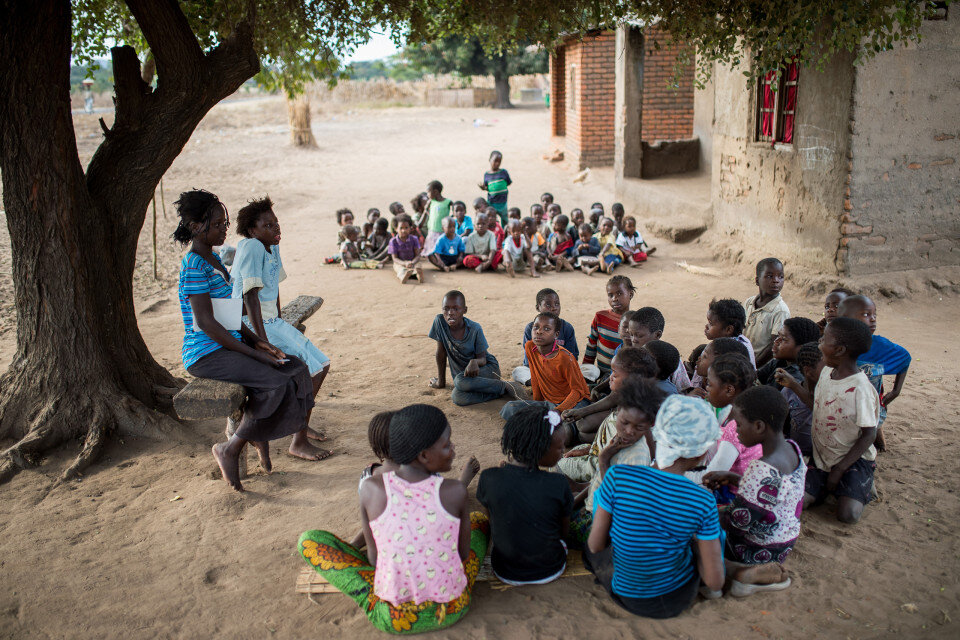
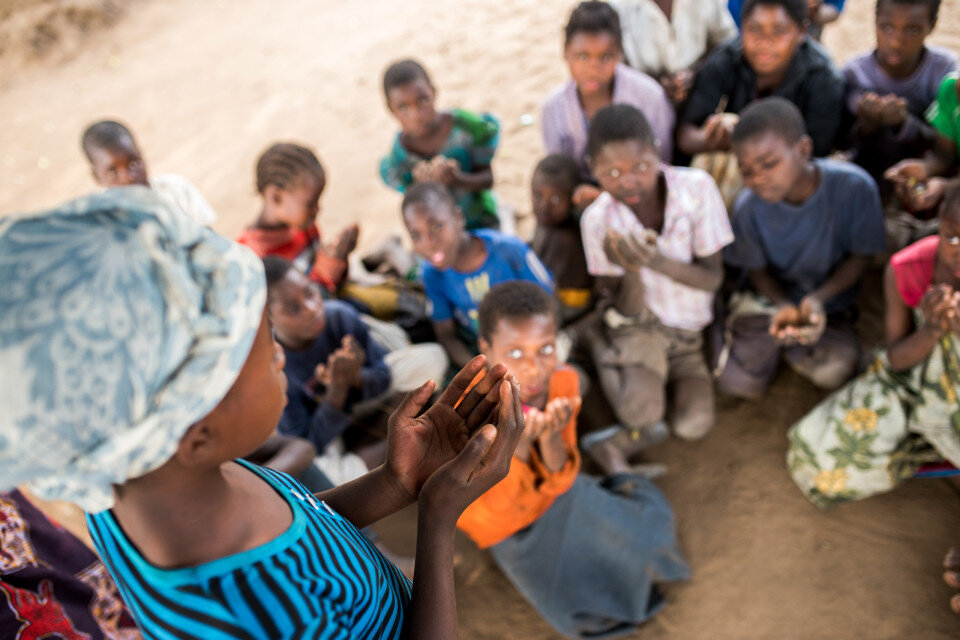
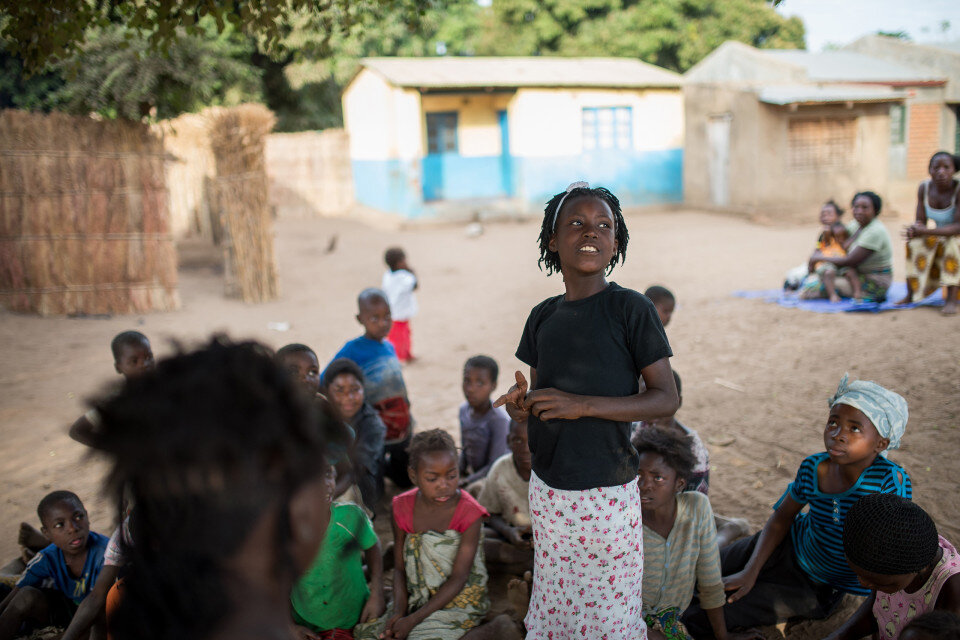
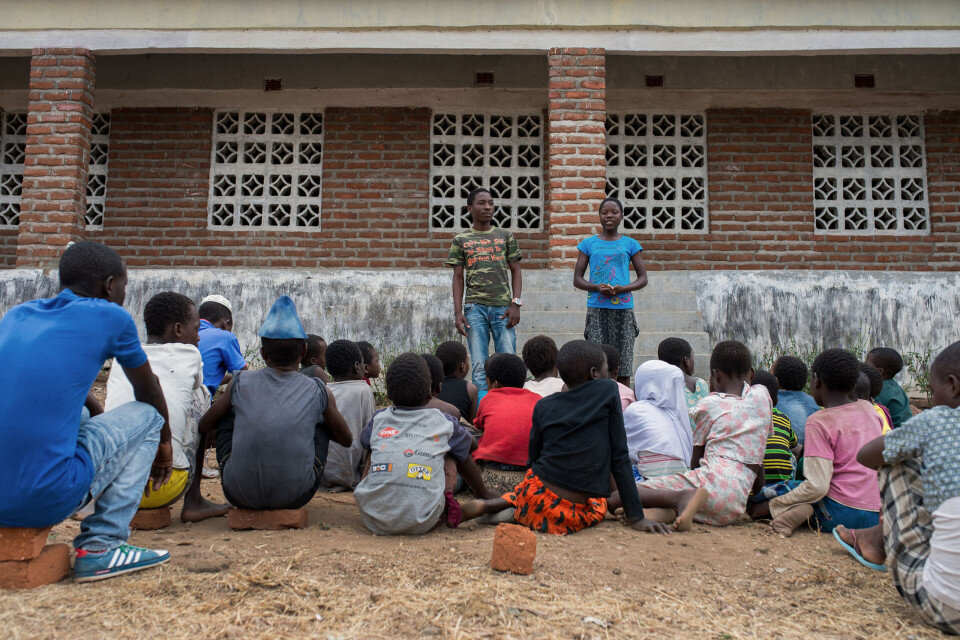
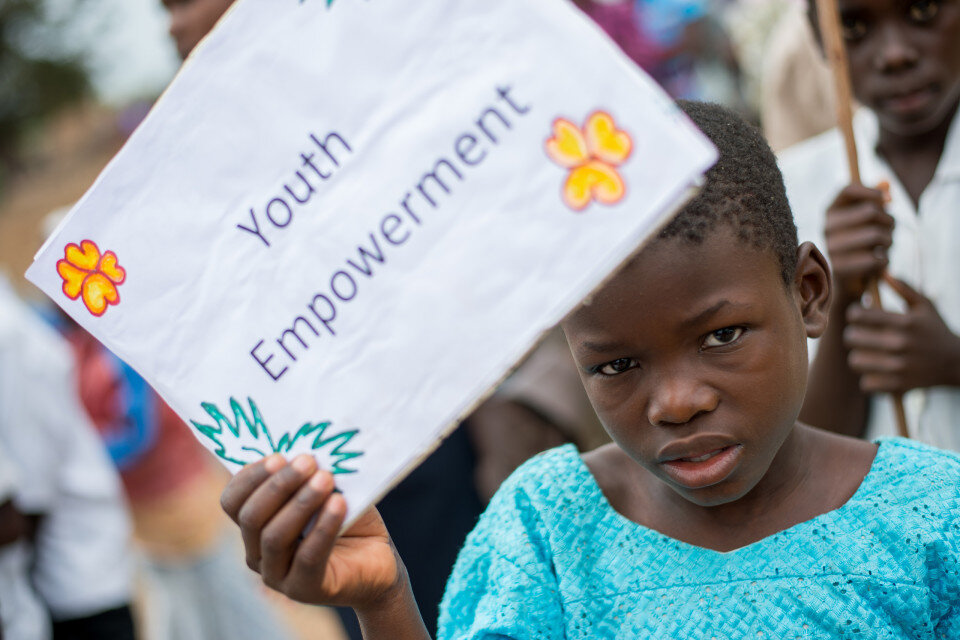
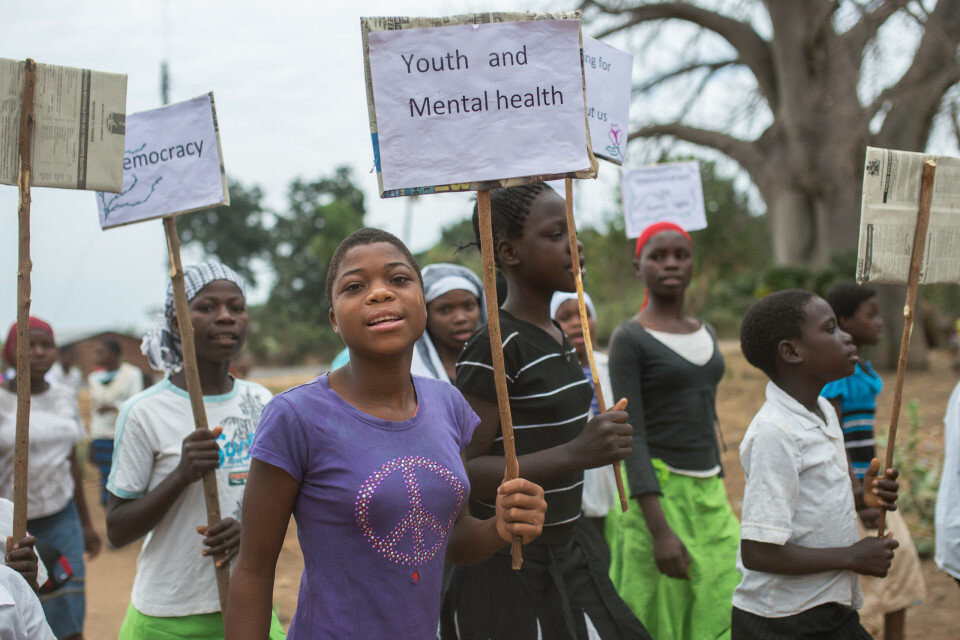
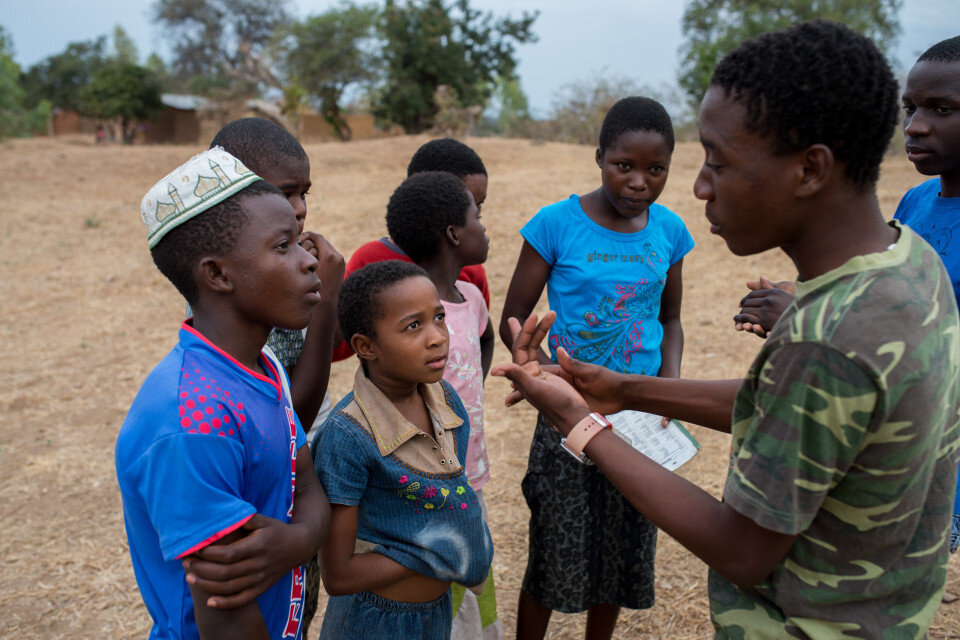

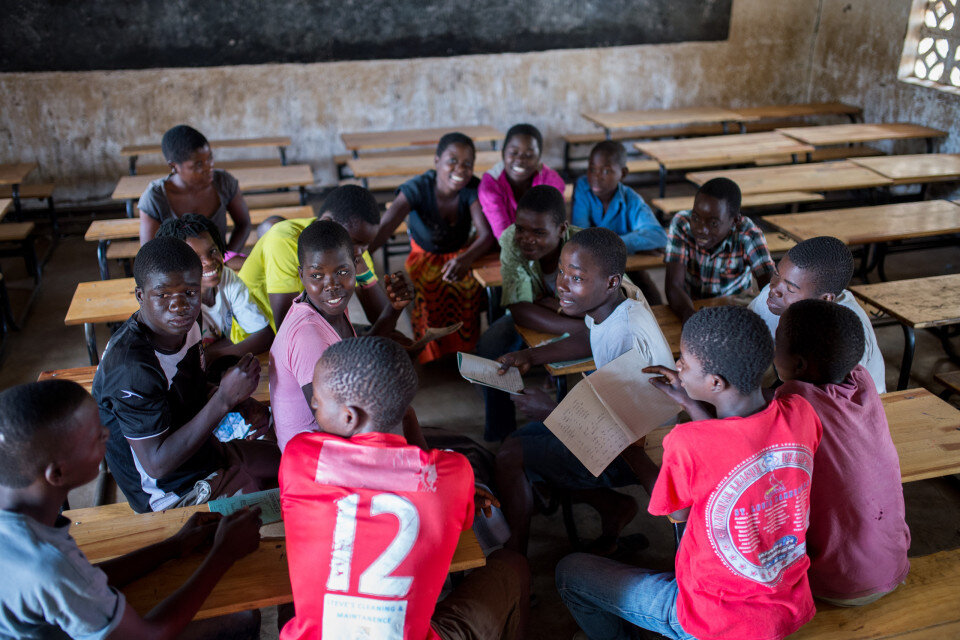
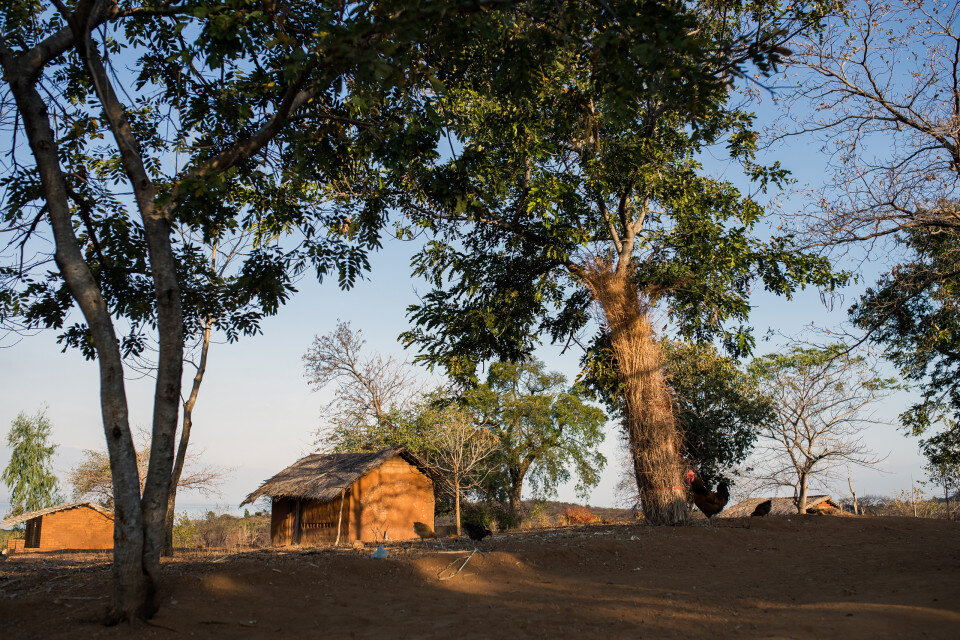
New NP Parliament networks are now springing up in Nigeria, Malawi and other parts of Africa and South America, going by their website (and see the slide show above from a Malawian children’s parliament, photographed in 2015 by Bente Marei Stachowske). While it’s likely that each town, city, region, country will develop their own people’s power formats according to their culture, there are core elements in common.
For example, the valuing of listening tools, the methods of participation from everyone, the conversations around alternative economies. And the certainty that the people are the most important source of intelligence and creativity that has missing from the system till now.
However there is a greater clarity from Joseph and Swarnalakshmi about the long-term goal of these NPs than I’ve seen in many of our UK-based conversations about local power. There is no desire to overthrow government in any way, through starting a new party for example, or winning through party political alliances.
Instead they describe the possibly more radical goal of wanting the NP culture and structure to give rise to a permanent system and culture pf people’s power, that shapes policy and democracy from outside of government. A complete transformation of politics as a partnership between a people--powered from below by their own social and networked autonomy-- and the state.
There are of course examples of successful partnership between local authorities and people everywhere – particularly civil society actors and social entrepreneurs.
Take for example the massive hackathon the German government undertook with 40,000 participants at the beginning of the pandemic, to unearth and use the best ideas from across their federated state. But this is not yet in ways that include all the people, every neighbourhood. All the people that are impacted so clearly and now organising against Covid-19.
To take part in future Zoom co-creator calls with Joseph and Swarnalakshmi, join our co-creator network (and next week we will be inviting Flatpack Democracy into that particular conversation). Meantime, do contribute to the Before&Now app and share your observations with the wider world.


